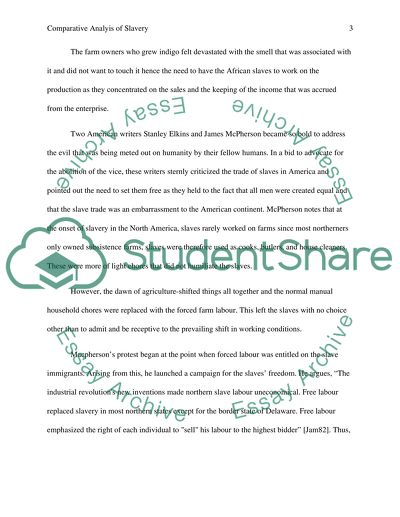Cite this document
(“Comparative Analysis of Slavery by Stanley Elkins and Ordeal by Fire Research Paper”, n.d.)
Comparative Analysis of Slavery by Stanley Elkins and Ordeal by Fire Research Paper. Retrieved from https://studentshare.org/history/1462013-comparative-analysis-of-slavery-stanley-elkins
Comparative Analysis of Slavery by Stanley Elkins and Ordeal by Fire Research Paper. Retrieved from https://studentshare.org/history/1462013-comparative-analysis-of-slavery-stanley-elkins
(Comparative Analysis of Slavery by Stanley Elkins and Ordeal by Fire Research Paper)
Comparative Analysis of Slavery by Stanley Elkins and Ordeal by Fire Research Paper. https://studentshare.org/history/1462013-comparative-analysis-of-slavery-stanley-elkins.
Comparative Analysis of Slavery by Stanley Elkins and Ordeal by Fire Research Paper. https://studentshare.org/history/1462013-comparative-analysis-of-slavery-stanley-elkins.
“Comparative Analysis of Slavery by Stanley Elkins and Ordeal by Fire Research Paper”, n.d. https://studentshare.org/history/1462013-comparative-analysis-of-slavery-stanley-elkins.


